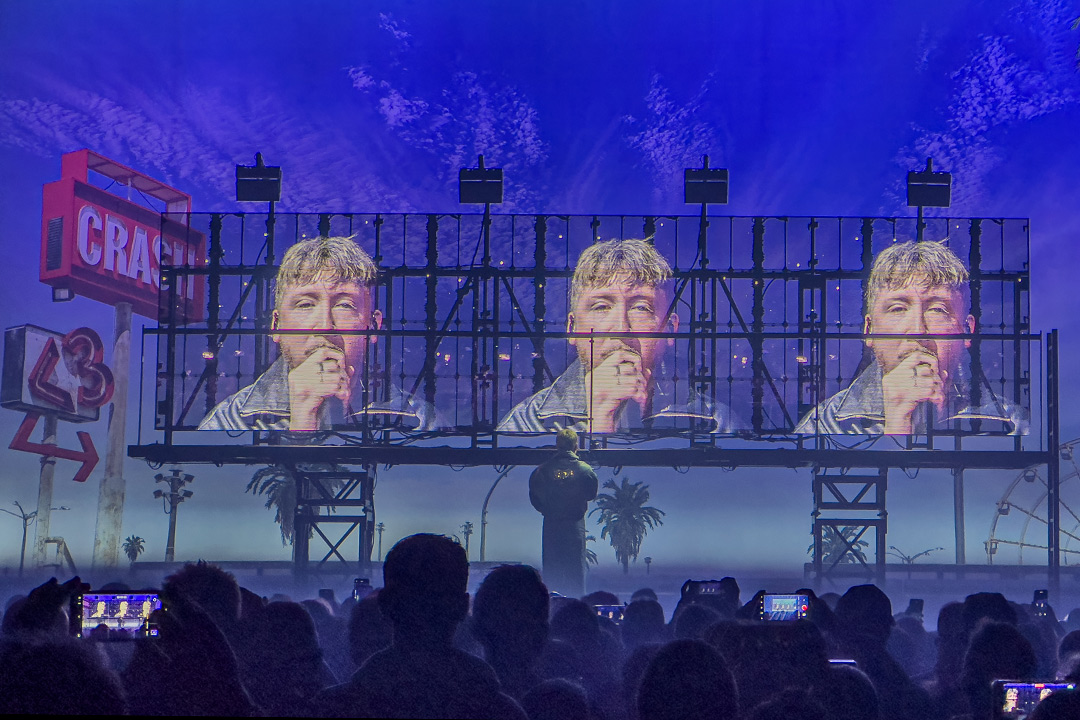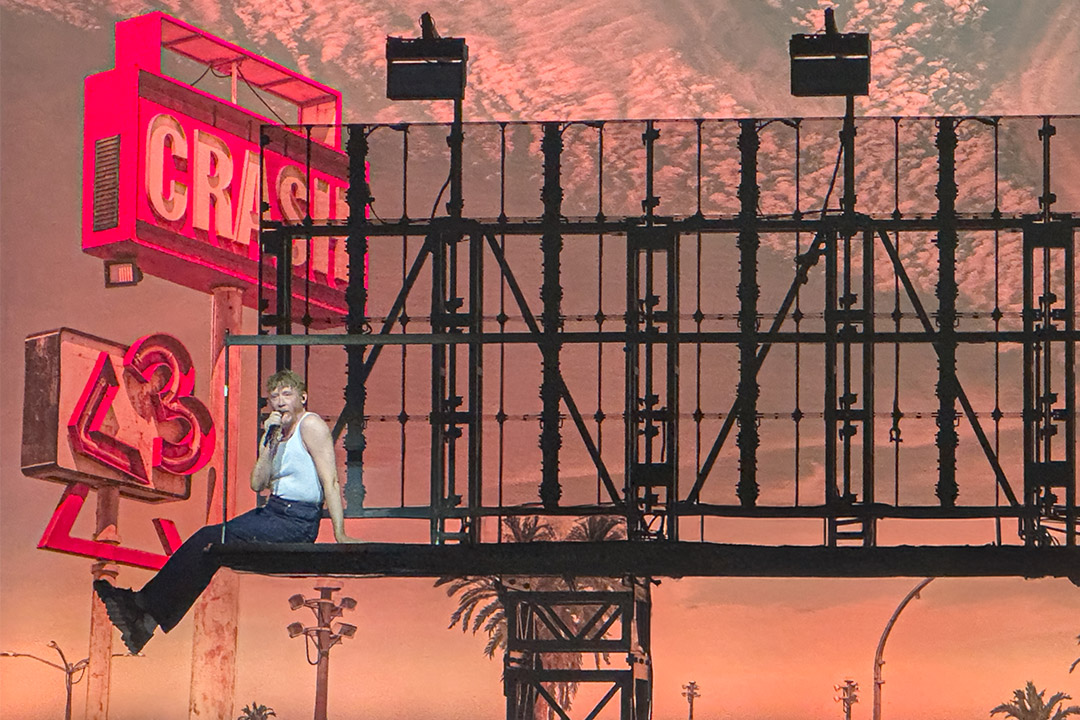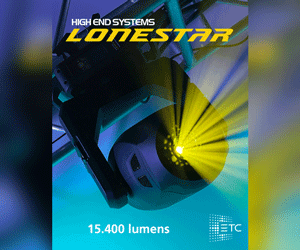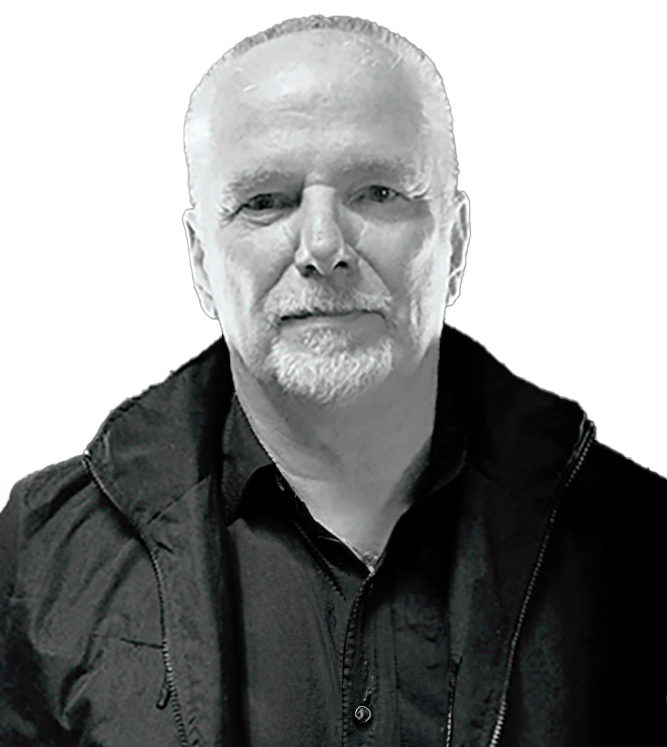
In an illustrated dictionary entry for the noun ‘perseverance’, a photo of Brock Adamson would be perfect. Without going so far as to plant forests of birch trees to harvest his own wood, he has taken the time to perfect all the elements necessary to create the new range of active loudspeakers, Vergence Group, and the large format line array enclosure, VGt, the flagship of ‘Made in Canada’.
Exhibited as a mock-up at ISE 2024, VGt has spent a year in the hands of a number of sound companies some of them being French, who have worked on it, and now it’s ready to go on the market. More on this later. VGs, the active subwoofer modelled on the E119, is also on the starting blocks, either as a complete enclosure or as an amp & DSP module to make the 119 active.
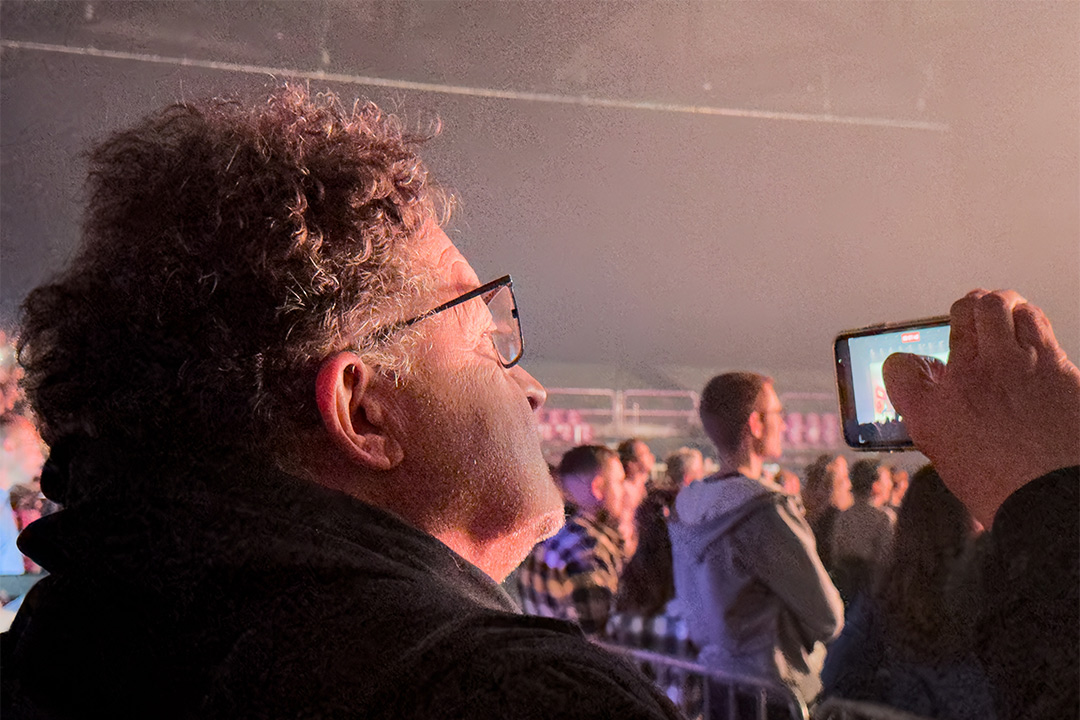
Needless to say, we were delighted when Guy Vignet, CEO of DV2 – one of the brand’s long-standing importers – invited us to give it a listen at one of Eddy de Pretto’s tour dates in Amnéville.
When we first got inside the Galaxie in Amnéville, the haze provided by our lighting friends made it difficult to get a first look. Fortunately, there were some familiar faces behind the screens, including Julien Poirot, the brand’s Touring Support for DV2 and a lovely fellow, who immediately gave us an overview of the system deployed.
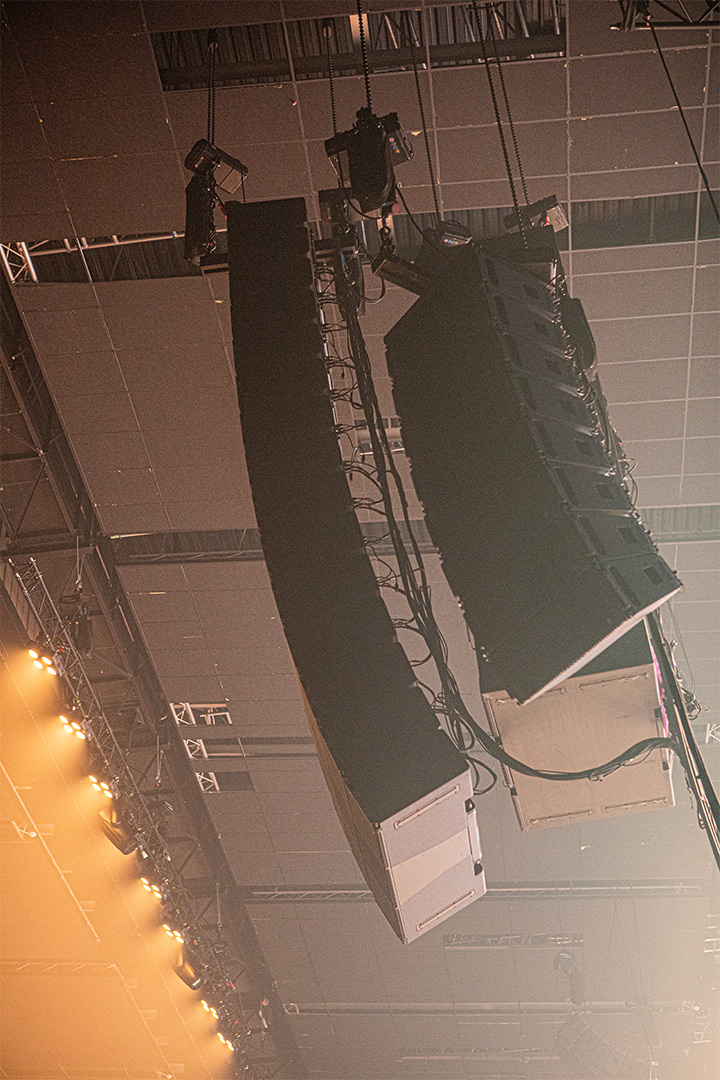
15 units of VGt per side are reinforced from behind by six E219s in a cardioid configuration. The latter are the only loudspeakers that are still driven by lab.gruppen, with everything else active. With a stage-front 22 metres wide, a stereo pair of arrays – each composed of six CS10 units – provide down-fill coverage of centre of the pit right up to the lip of the stage. Finally, two out-fills of eight CS10n modules each provide coverage for the audience on the sides and higher up.
The near-field pit, in addition to having the central pair of down-fill arrays, is particularly pampered with three CS10Ps per side as in-fills. The less fortunate punters at the edges of the pit get a CS7P at left and right. Finally, for the real fans crowded right up under the stage, four sets of two CS119 units and two CS7s each provide true full-range concert sound.
Julien Decarne, Eddy de Pretto’s FoH engineer, is available, so we start up our recorder without a moment’s hesitation.
SLU : So, is this your first time with VGt or Adamson?
Julien Decarne : Neither. I worked briefly with VGt at two festival shows this summer, and I liked it, and Adamson is everywhere. Suffice to say that I’m familiar with the brand. Getting back to VGt, I really wanted to try it out indoors and MPM, who are the sound vendor for this tour, had it available.
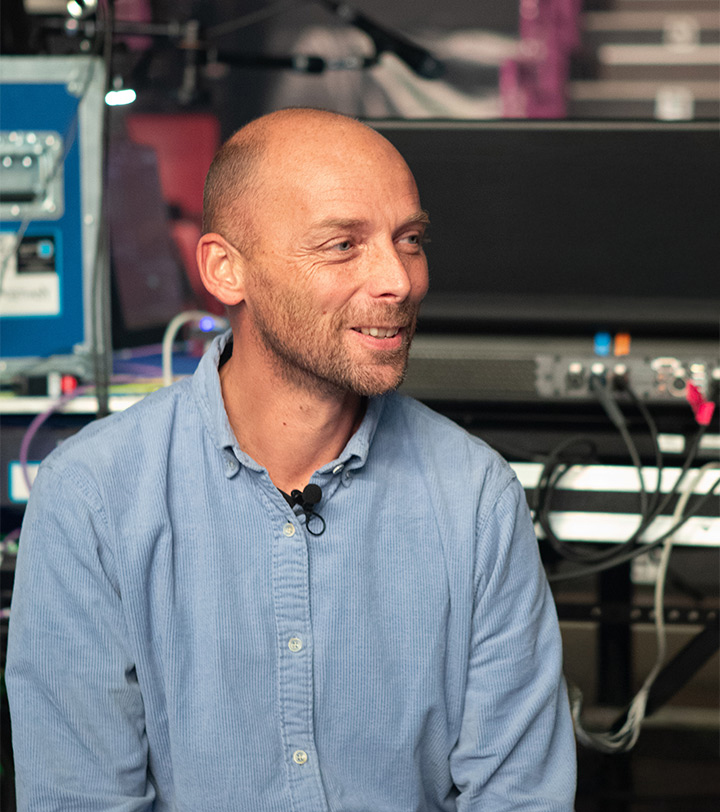
SLU : You’re 46 years old, so you must have been around to see the first Adamson systems, like the Y Series. What do you think of the evolution in terms of what you’re hearing today?
Julien Decarne : That’s a tough question to answer. Everything has changed in the meantime and those days seem so long ago that it’s impossible to compare Y18 with VGt. I think if you were to listen to Y18 today, you’d be shocked, but back then it sounded great, and we were happy with it! To be honest, I’m not particularly interested in speaker technology, what I’m looking for is sound to work with. From what I’ve heard, the VGt has a range and throw that was striking outdoors and which is also very interesting indoors.
SLU : With Eddy de Pretto, the voice must be very prominent in the mix…
Julien Decarne : Absolutely, the heart of my work is his voice and the presence in the lower register. I’m happy with what I hear. Thibaud Le Boucher, who designed and tunes the system, takes us a step further every evening and that’s great. Whether it’s brand new or old, it doesn’t change the way I mix. For Thibaud, on the other hand, it’s more of a discovery because his tools are new.
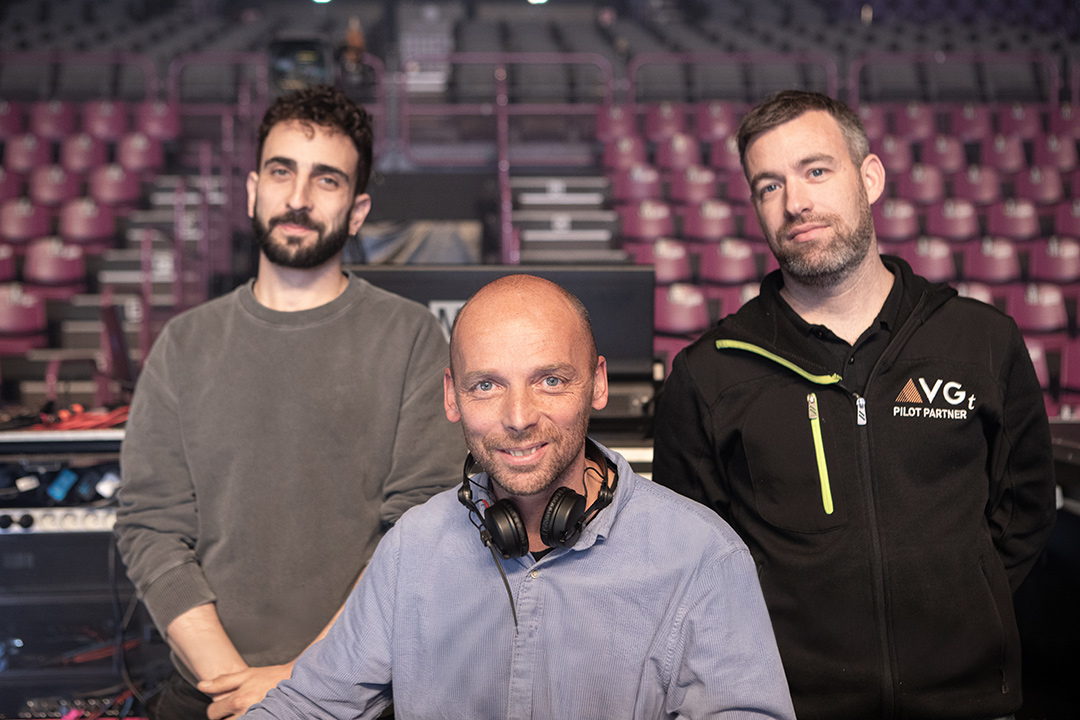
SLU : Have you had to change any of your habits with this new system?
Julien Decarne : (long pause) I think that what comes out of my console should be able to work in any situation, from a small pair of monitors in a rehearsal studio to the big system I’ve got on tour. So I’m not in favour of changing the way I do things, but we do work on the system beforehand to get the result I want to hear.
This tour started over a year ago, playing in popular music auditoriums equipped with systems of all different brands. You never get the same result every night, but the mix must respect the artistic will and the needs of the project, including, again, a clear and defined voice for Eddy.
SLU : Is the introduction of the rear bass attenuation in VGt a plus for you?
Julien Decarne : Obviously. It’s made life a lot easier for us in some of the of arenas, like in Dijon, which can be complicated in certain situations because of the way the rumble builds up at the bottom end. We played there last week and were very pleasantly surprised by the result. It’s a venue I was a bit apprehensive about but, in the end, it didn’t pose any problems.
SLU : Did the artist notice the cleanliness on stage? Both the heads and subs are cardioid…
Julien Decarne : Yes, they are, but he didn’t notice it, probably because he’s performed outdoors at a lot of festivals where there’s less of a resonant pollution problem on the stage. For the tour, there’s nothing on stage, no amps or monitors, which means I can give good sound to the front rows, while Eddy wears in-ear monitors mixed by Matthieu Speck.
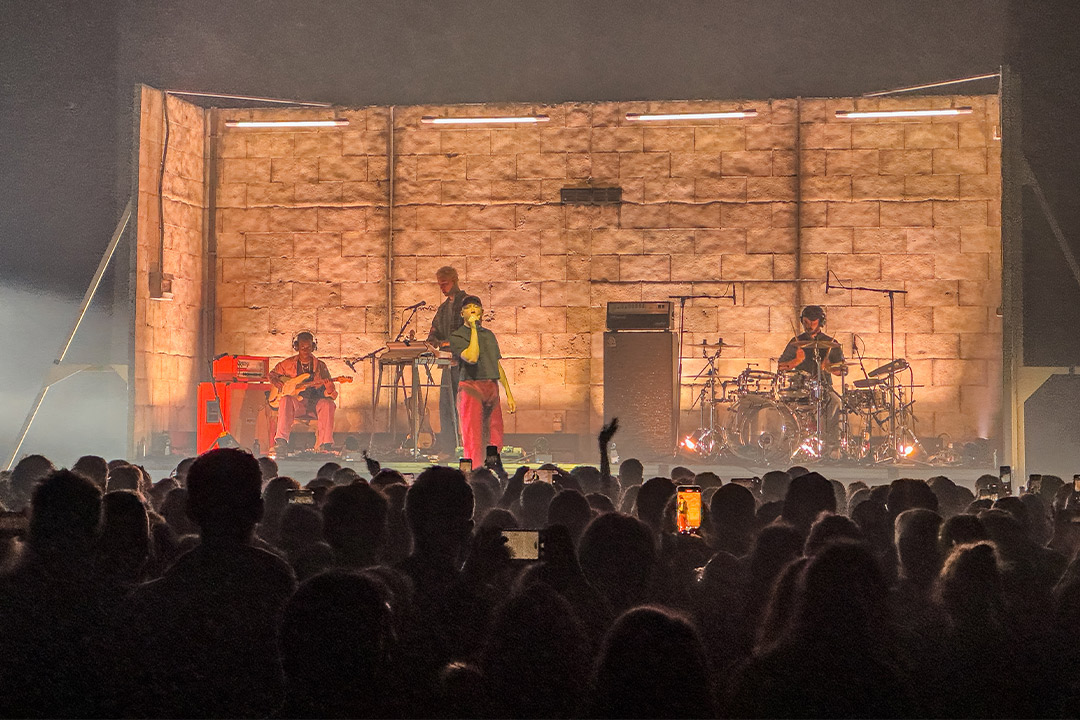
SLU : After watching the sound check, I get the idea that this show is quite different from the others.
Julien Decarne : There are two parts. The first is with just Eddy on stage and no musicians – just Ableton providing the tracks recorded in the studio during live sessions of certain tracks that I mixed. For the last third of the show, we switch over to musicians. The challenge is to make everything fit together without there being too much difference between the two, while at the same time highlighting the arrival of the live section. It’s a bit of a challenge. (smiling)
SLU : You say you’re not particularly into speaker technology, so you’ve got a trusted colleague on the system…
Julien Decarne : Thibaud is brilliant and, above all, we get along really well, so I can concentrate solely on the mix and the artistic side of things without getting distracted by other adjustments. He can confirm or deny certain impressions that I may have, and this ensures that each of us works in his own area of expertise.
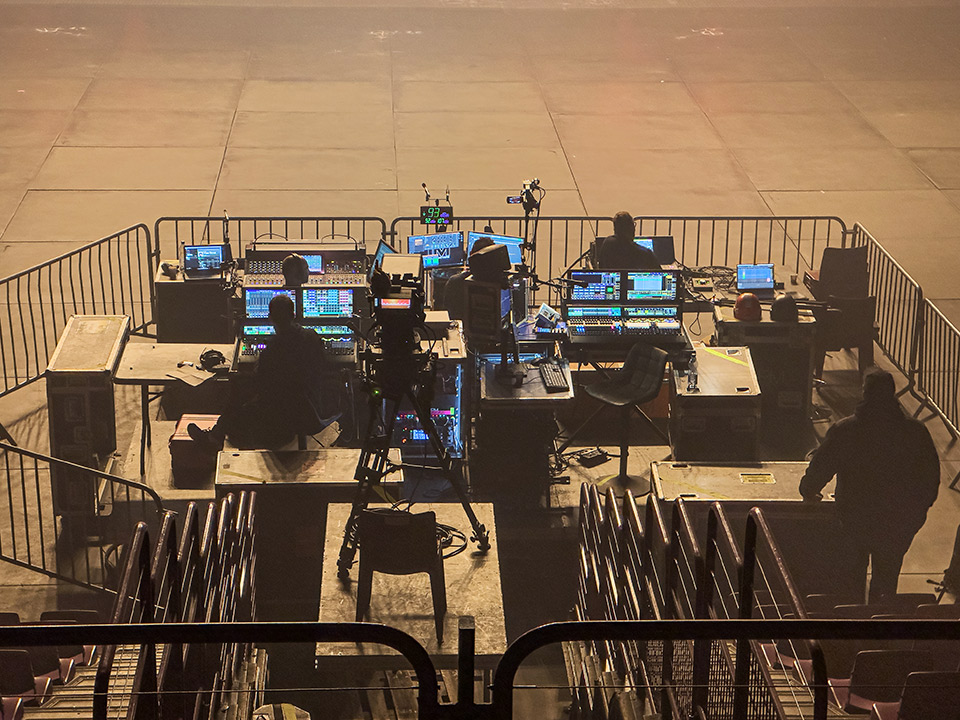
SLU : Thibaud, what can you tell us about yourself?
Thibaud Le Boucher : I joined MPM in 2009 and for six years I was a system assistant. In 2015 I designed my first system for the M tour. I worked first with the Y10 and 18, then the Energia and, most recently, the CS and the VGt since the end of April 2024, when we received our test system. I was trained on it by Julien Poirot at DV2.
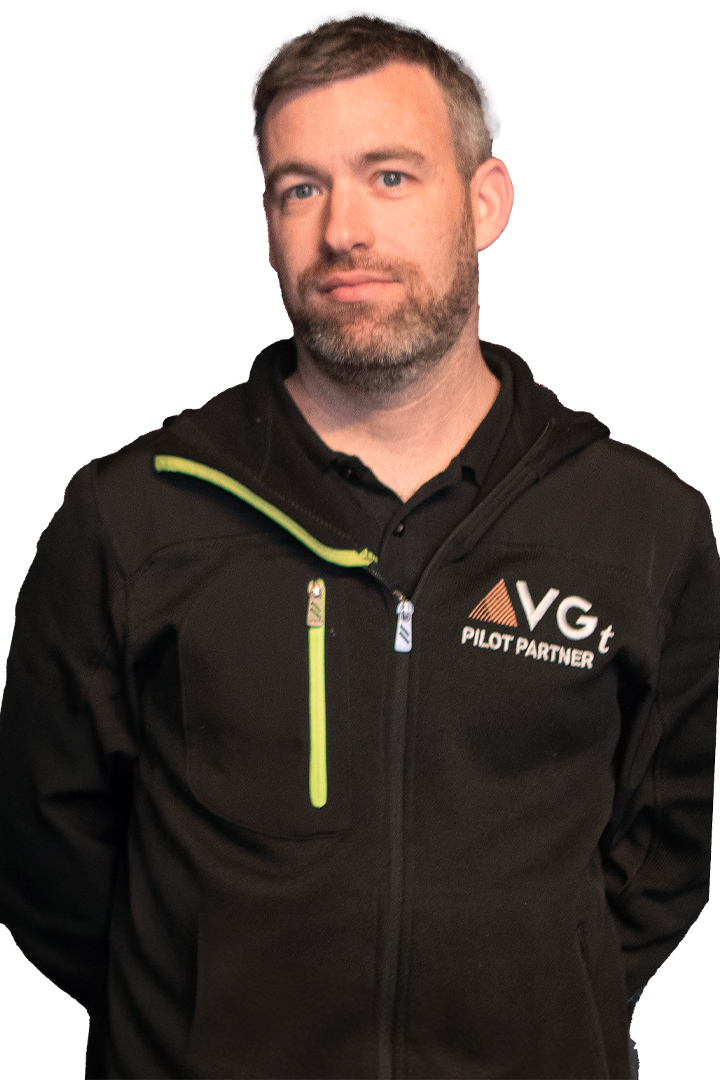
SLU : You’ve been working with loudspeakers for over 15 years. Does an active system sound any different?
Thibaud Le Boucher : I think it’s more practical. We no longer have racks of amps on the floor, so it’s a real space saver. The presence of the amps in the speaker cabinets greatly shortens the length of the cables and this is very noticeable in the high frequencies. This is particularly noticeable between an S10 and a CS10, where the treble and even the midrange are much better. Another advantage is that, in the event of an amp failure, we only lose one box instead of three, like when we used to drive them in parallel.
We also have very powerful software tools that allow us to work directly in the enclosures by creating algorithms that optimise our arrays. The DSP power is greater than that available with the PLMs, because calculations are carried out on the scale of each individual speaker enclosure. Adjustments such as compensation between the top and bottom of the array are made automatically and very precisely.
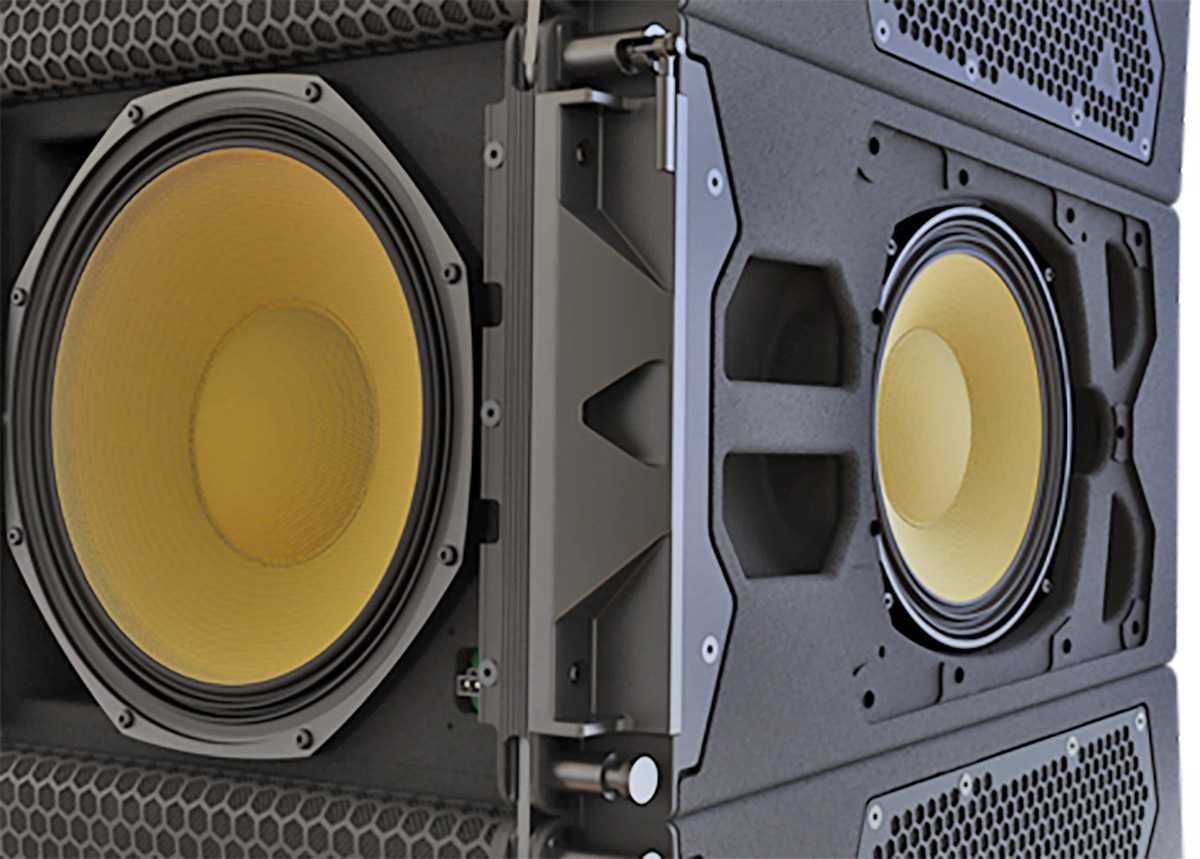
SLU : Julien mentioned the bass impact of VGt.
Thibaud Le Boucher : It’s true; we’re using the same passive E219 subwoofer on this tour, so it’s easy to compare. This is undoubtedly due to the cardioid bass in the heads, which is more effective indoors and causes less reverberation behind the stage and from the ceiling.
SLU : Did you find it easy to get the hang of this system?
Thibaud Le Boucher : In addition to the training at DV2, before heading out on tour with Eddy de Pretto, I spent three days testing everything on the ground at MPM. Plus, we did a week of pre-production at Le Zénith in Amiens to really come to grips with our new tools. What’s more, the sound of VGt is very good as it is, unlike E15, for example, which needs to be equalised more to achieve the quality we’re used to. The VGt polar pattern is also wider, with a full 90°.
SLU : Is the deployment time of VGt comparable to that of E15?
Thibaud Le Boucher : It’s no different. There’s a bit more cabling at the back compared to the passive system, but it’s easier to fly it and it saves time in other ways, like the elimination of amp racks, which also saves weight and space in the truck.
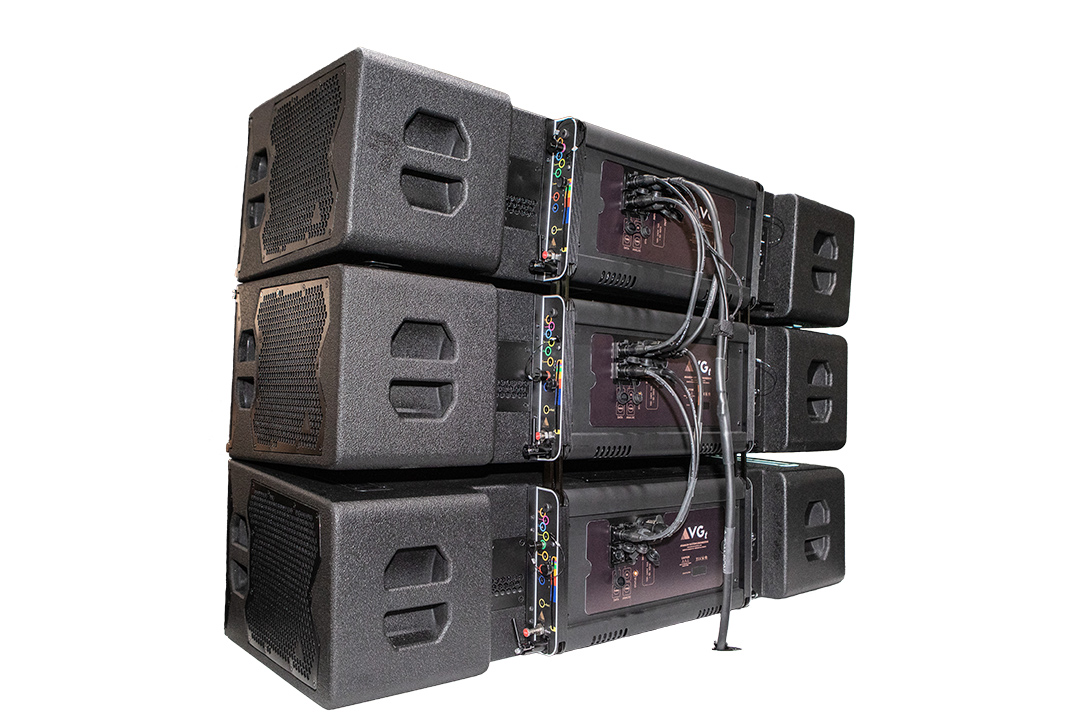
A concert at the Galaxie in Amnéville also means being close to MPM Audiolight, the sound vendor for the tour, as well as DV2, the distributor for Adamson and DiGiCo, whose Quantum7 is being used by Matthieu Speck for the monitors.
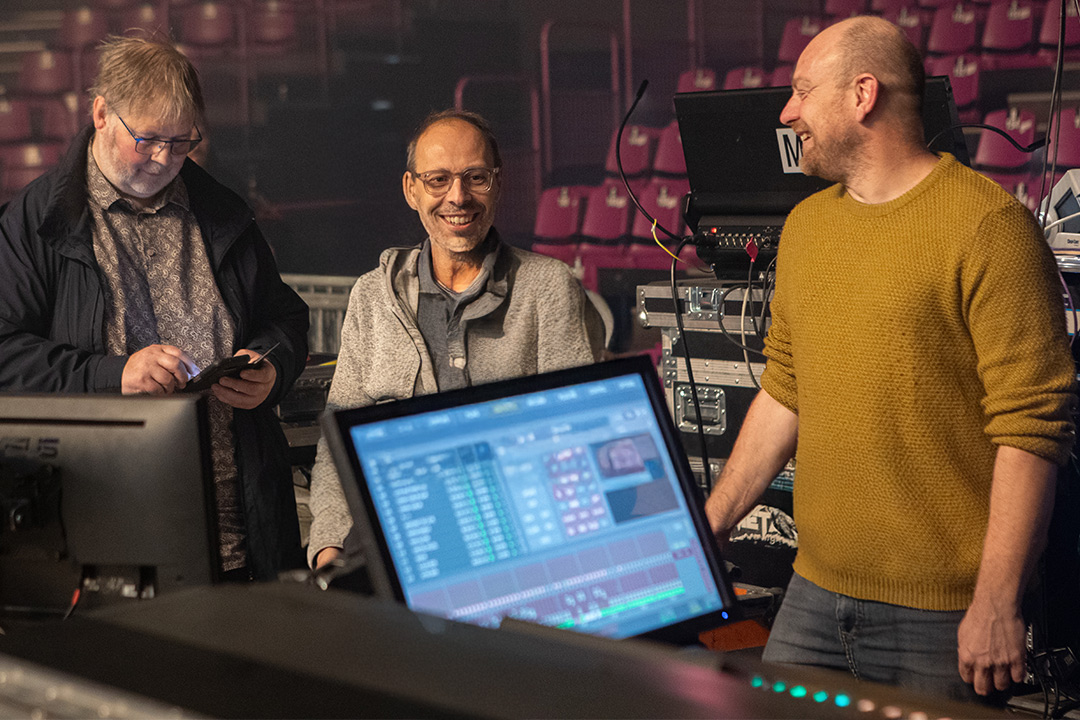
Joining us are CEO Marc Morosini and Technical Director David Nulli from MPM. Also with us are Guy Vignet and Didier Dal Fitto, co-directors and founders of DV2, the former a lover of the sound business and the latter of audio technology.
David Nulli, who has been with MPM for 15 years and, even before that, had many years of system design and tuning, will be answering our questions. A few words may have been slipped in by one of the four mentioned above. We hope they won’t hold it against us.
SLU : Did Adamson listen to users like MPM during the development of VGt?
David Nulli : Adamson asked us a few years ago about our requirements and requests for a new system. During the four years it took to develop the system, we made the rounds and put forward our recommendations. They listened to a lot of people, mainly Adamson users who had a few complaints, the main one being the cardioid. To be able to recover some of the rear bass by bringing it to the front and isolate the stage a bit, where the wedges and guitar amps have disappeared in favour of IEMs. To have a frontal sound and limit reflections at the rear.
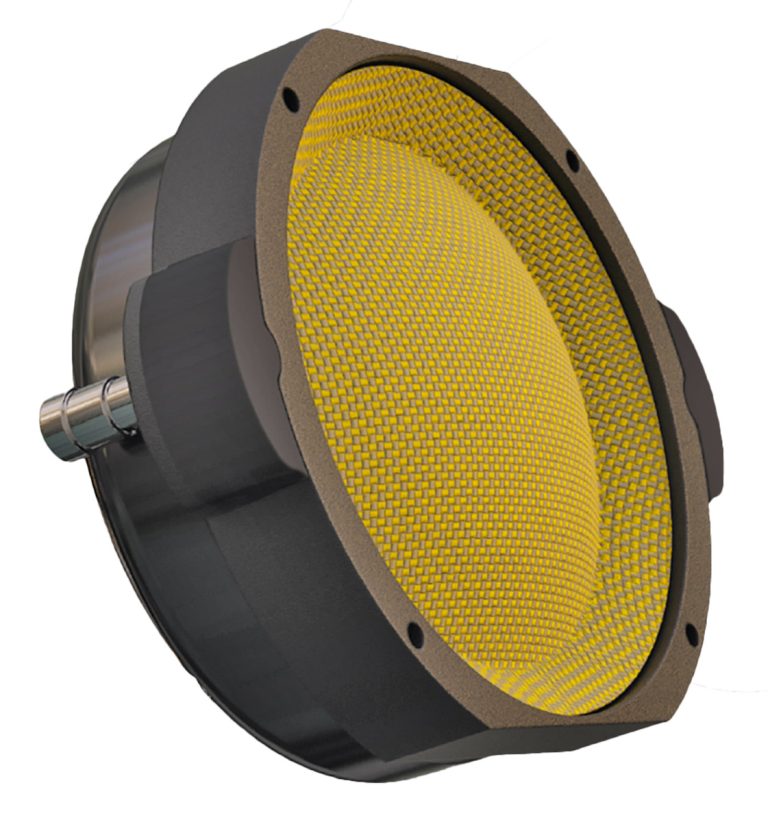
SLU : What is the difference between the E15, with its two E-Capsules mid-high range, and the new VGt domes and drivers?
David Nulli : When we first turned on the system, we were struck by the connection with the Adamson sound, and at the same time by something completely different. The brand character is there, but better, and there’s a good reason for that. The high frequency driver in the VGt is positioned in front of the dome and no longer behind the 7″, as it is in the Energia.
The acoustic chamber is 4th generation (Y18, E15, S10 and VGt). The high end comes out higher and more easily than in the E-Capsules of the E12 and A15, not to mention the Y18. There’s also a sensation of proximity in the midrange, due to the inversion in the waveguide.
SLU : So you now have 100% of the frequency spectrum and 100% forward projection.
David Nulli : Yes, with the added benefit of the Adamson-signature low midrange, which is also dynamic and very clean on the fundamental of the voice, and a high end that seems uninhibited, something we weren’t used to. Everything that might have been missing or sometimes lacking in headroom in the high end of the E12 and E15 has been rectified on VGt. This is new for us. And it’s a good thing.
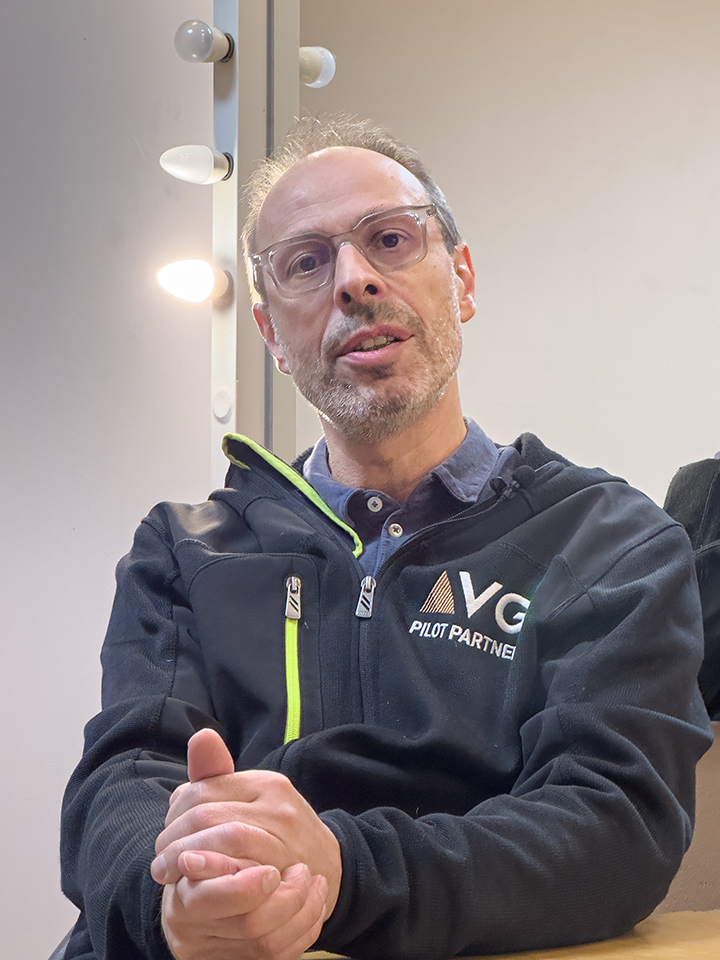
SLU : What is different about VGt? Electrical power, transducer sensitivity, electroacoustic design… a combination of all three?
David Nulli : In particular, the design. I’m a veteran of a festival in the Ardèche, Aluna, where we’ve used Energia for 12 years in a row. In June 2024, we tested VGt for the first time. We gained 20 metres of throw into the audience in the field in the high frequency range before dropping off to the same SPL as we had in the E15. We listened with our eyes closed at 60 metres, as if we were at FoH.
(laughing) To complete my answer, VGt also offers improvements in terms of the sensitivity of the transducers, which are all new, and finally the electrical power is delivered by very fast class D amplifiers and from a power supply rail of up to 200 V.
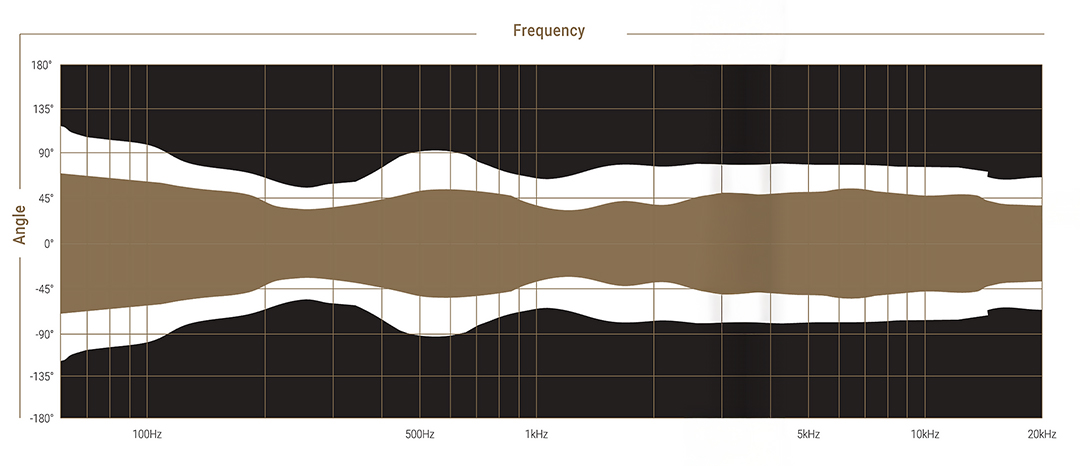
SLU : The cardioid function that combines the 13″ and 10″ is also effective outdoors?
David Nulli : Of course it is. It’s a win-win situation. The 13″ speakers are more responsive and offer more impact, while the rear attenuation brings the SPL forward and we pollute the stage less, which is important for reducing our levels.
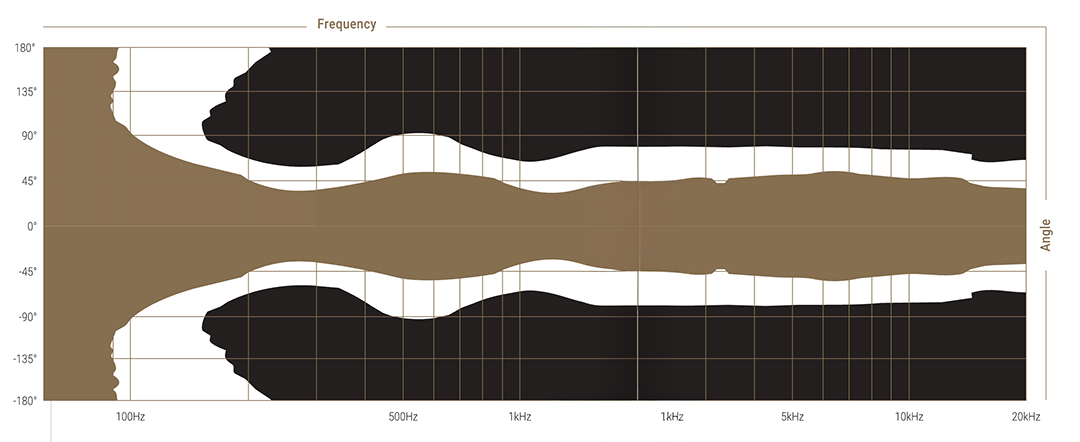
This rear rejection is sometimes too effective because you arrive on the stage and you get almost nothing, you think you’re listening to a show playing on another stage. I was a bit worried about the 13″ in the system.
In the end, you gain a bit of SPL on the E15 without losing any of the bass extension, while having the impact and speed of the E12. Sound engineers who arrived with a show programmed with 15″ heads didn’t change a thing in their mix.
SLU : As an old-timer, you must appreciate all that can be achieved by exploiting the fine tuning of VGt and its ratio of one DSP and amp per box.
David Nulli : It’s a real life-changer. Without interfering too much in the line at the risk of damaging it, I’ve always worked on the extreme high frequencies because it’s sometimes complicated, simply by pushing the boxes, to go 60-70 metres when the temperature or humidity changes. Nowadays an algorithm automatically optimises coverage, to the point where you sometimes must restrain yourself to avoid the tonal balance leaning too far towards the treble, because the bass has a different roll-off.
On a cluster of 21 heads ranging from 10 to 80 metres, I just inserted a small filter on the bottom three to remove 2 dB at 6 kHz. That was all. The software calculates, sends the algorithms and you get an impeccable result in a few seconds in a room, without any risk of phase shift in the bass, which is not factored in.
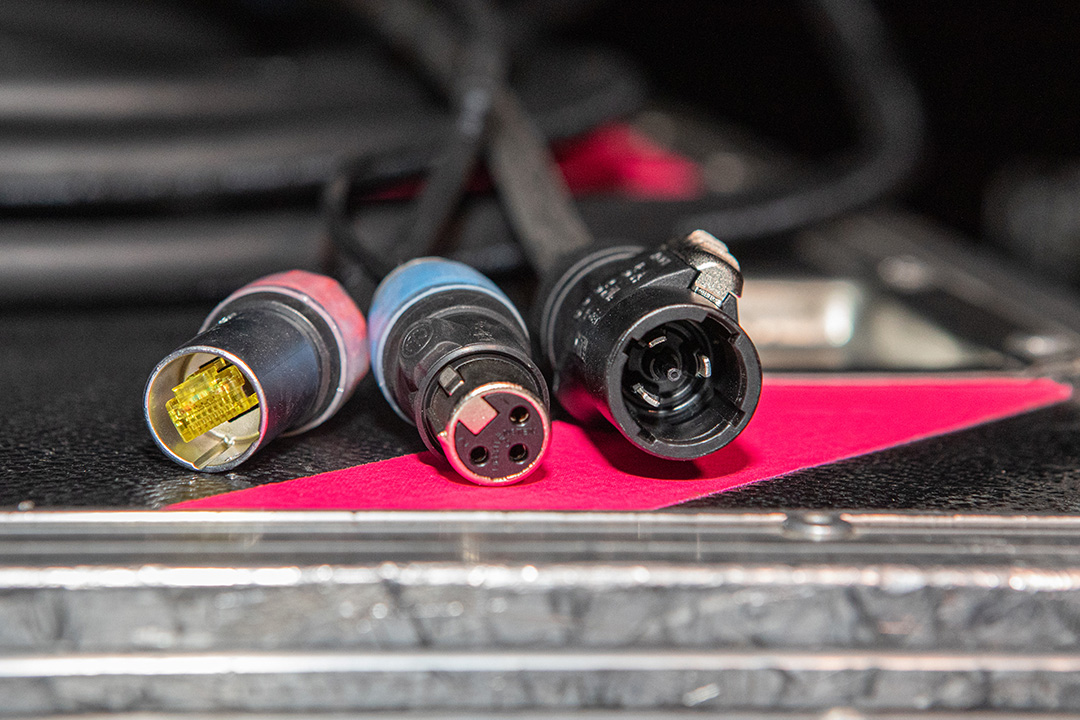
SLU : There are two opposing camps: those who believe that having the power on board the enclosure optimises it, and those who swear by the separate amp, which can be changed or wired differently to gain headroom, for example. A closed and an open solution, in short.
David Nulli : Our experience with the VGt so far hasn’t given us any hint of a lack of resources in certain areas, unlike the E15, where in some cases we added a few units to make the high frequencies more manageable. One concern is that the amp is now all the way up there, even though some brands have been working like that for a long time.
It’s a different way of working that you get used to very quickly, because once you’re in front of your screen, you can see everything and have the same control, so the location of the amp doesn’t really make much difference. And let’s not forget the weight and space savings. VGt, with its five amps per enclosure and its processing, weighs just 5 kg more than the passive E15, has no need for heavy SpeakONs or amp racks and, above all, three heads can be powered with 16 A. Other active products in the same range only connect pairs of speakers to 16 A.
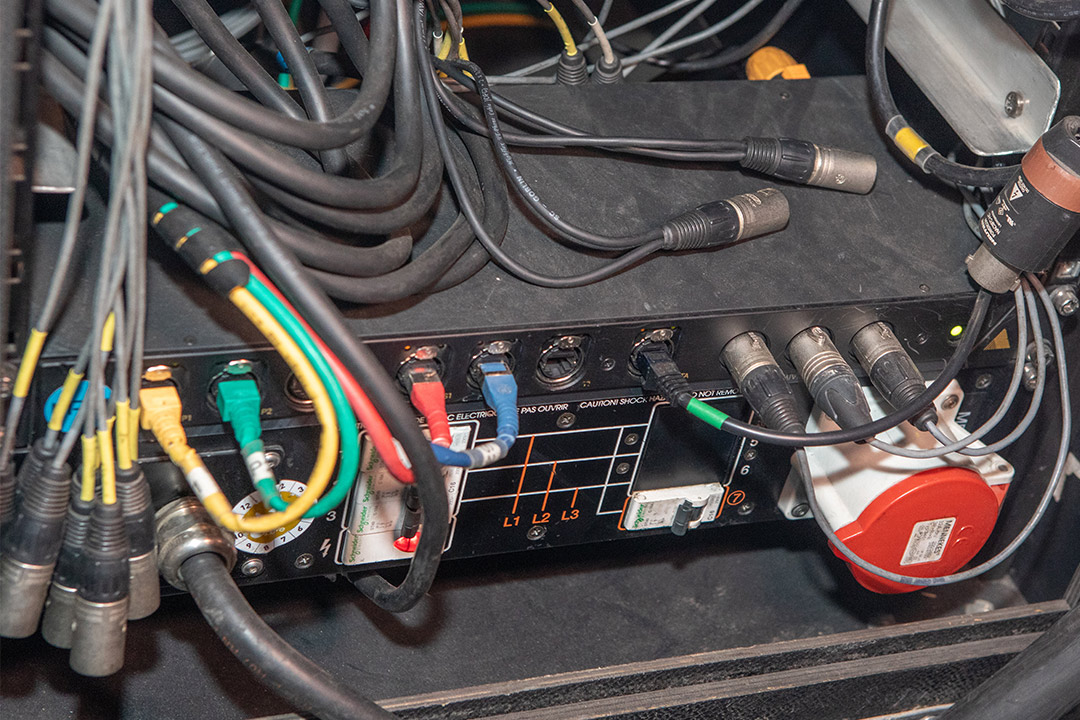
SLU : Does the VGs, the active sub, also have substantial resources?
David Nulli : Absolutely. Everything is covered, the amp delivers 6 kW and the amp and DSP module will be available to transform the passive E119 units into VGs units. In the meantime, or to enable the transition to VGs, Adamson has released a bridge that accepts AVB and outputs AES to drive the PLM platforms, as well as a VLAN to control the amps. This makes using the E119 and 219 completely transparent in the same software, just like tonight.
SLU : There are fans of single 19″ and double 19″. Will there be a VGs2?
David Nulli : Personally, I’ve always thought that you need a lot of cone surface to move the air and make it vibrate, so I’m a fan of 219s. The opposite is also true, as hanging long lines or flown end-fire configurations with 119s also provides advantages. To answer your question, I think that a bigger sub will be offered at some point to give people a choice between a small, very versatile sub and a big, very powerful one.
As far as transport is concerned, you don’t take up any more space with four big dual-19″ subs that take up the whole height of the truck than you do with eight single-19″ subs. It’s a question of taste. It seems to me that the E119 is a better match for the VGt, and no doubt Adamson has ensured that the 13″ speakers of the VGt and the 19″ of the VGs are very complementary. Finally, the 119 and the 219 don’t sound the same because the load is different. The 119 has a little less infra-bass and is a little faster.
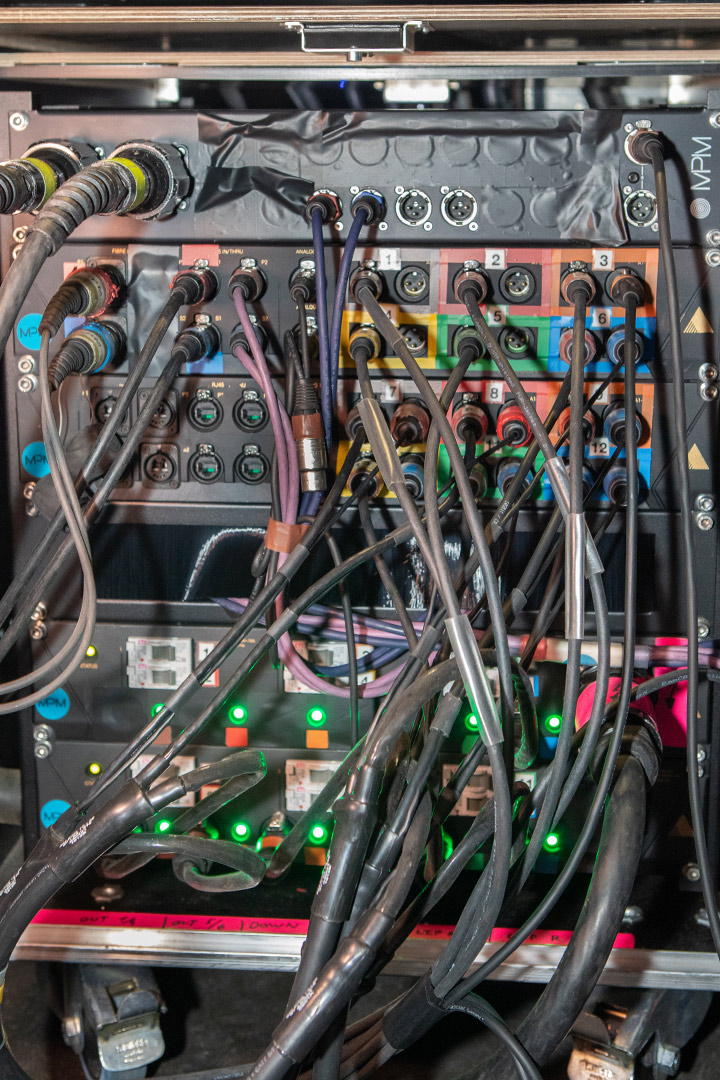
SLU : Getting back to VGt: As MPM’s technical director, how are you going to use this new system, which on paper can replace two others?
David Nulli : It will replace both. Wherever you would have used E12 and E15, you’ll be able to just use VGt. That’s a certainty. Whatever the application, with its extra definition in the treble and rear attenuation, there’s something for everyone, including classical music situations where posterior emission is a serious consideration. With VGt I have the same headroom and the same infra sensation as with E15.
In the band between 50 and 80 Hz where I crossover to the subs, I have an enormous amount of energy and the pressure is the same between the two systems, with more impact and a smaller, barely heavier box (18 E15s are 7 metres high; in this same length of array, we can fit 21 VGt units – NDR). So yes, the strategy would be to say that tomorrow we’ll only have VGt, but there are economic realities, and the Energia system, which is still very efficient, still has many good years ahead of it.
We proposed VGt to our new artists who were not familiar with the Adamson sound and who have a different ear, different habits, but who may also be seduced by the enormous possibilities offered by an active, networked, cardioid system featuring the very latest transducers. The fact that Julien (Decarne – NDR) doesn’t feel the need to talk about speakers is very good news. He’s forgotten about the PA and is concentrating on the artistic side of things, finding exactly what he wants to hear. For a sound company that’s ideal.
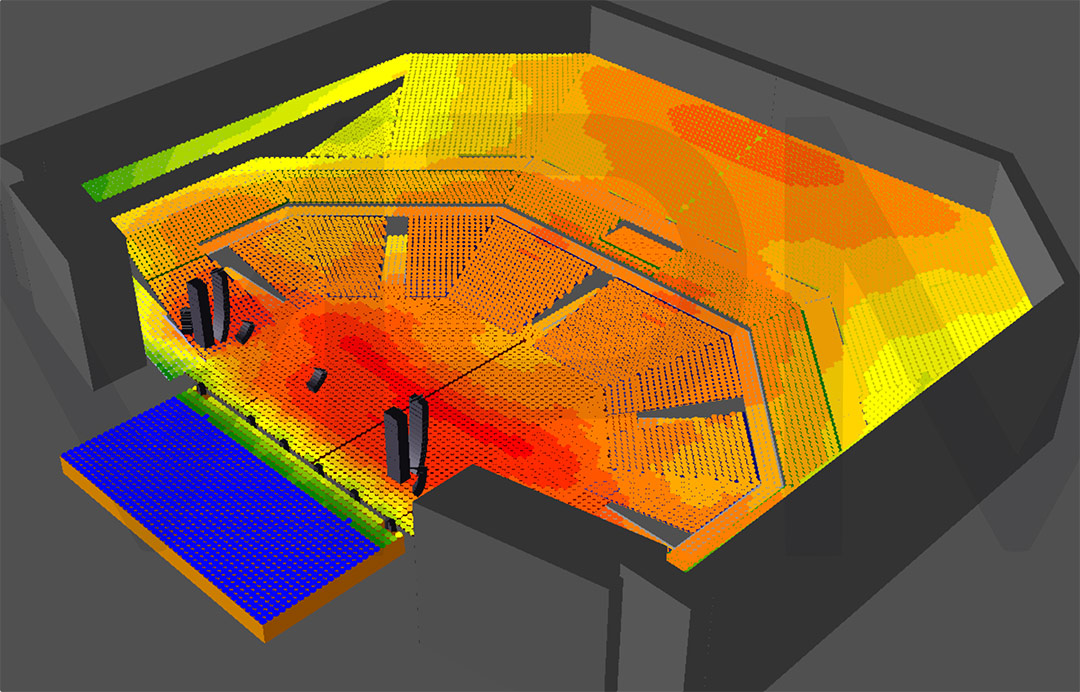
SLU : Do you feel the need for a ‘small’ VG0.5t, a smaller version to provide cardioid bass for delay lines or installations?
David Nulli : A sort of cardioid CS10? Sure, why not, but in all the auditoriums we outfit, we don’t have any problems because the arrays are shorter, so there’s less rear output than in an arena, not to mention that the acoustic quality of the latest venues we’ve equipped is improving all the time. Personally, I’m thinking of an even bigger system for very large outdoor applications.
SLU : How many VGt boxes does MPM have in its inventory?
David Nulli : 60 and, if all goes well, we’ll have 90 by January 2025. We still don’t have enough.
DULCIS IN FUNDO
We made a pledge for 2025: we will be writing concise conclusions this year. We’d like to remind you, however, that promises are only binding for those who believe them. Listening to VGt was both eye-opening and a pleasure. This system is well conceived and has all the hallmarks of a modern product where everything is new, except for the 10″ lateral speakers inherited from the S10. Its polar pattern is exemplary, with no easily identifiable hot spots. You’re either in or out of the 90° progressively. The transition to the CS10 out-fills, for example, is fairly revealing. You get the feeling that you’ve lost the physical impact, the bass and a lot of finesse and detail in the upper register.
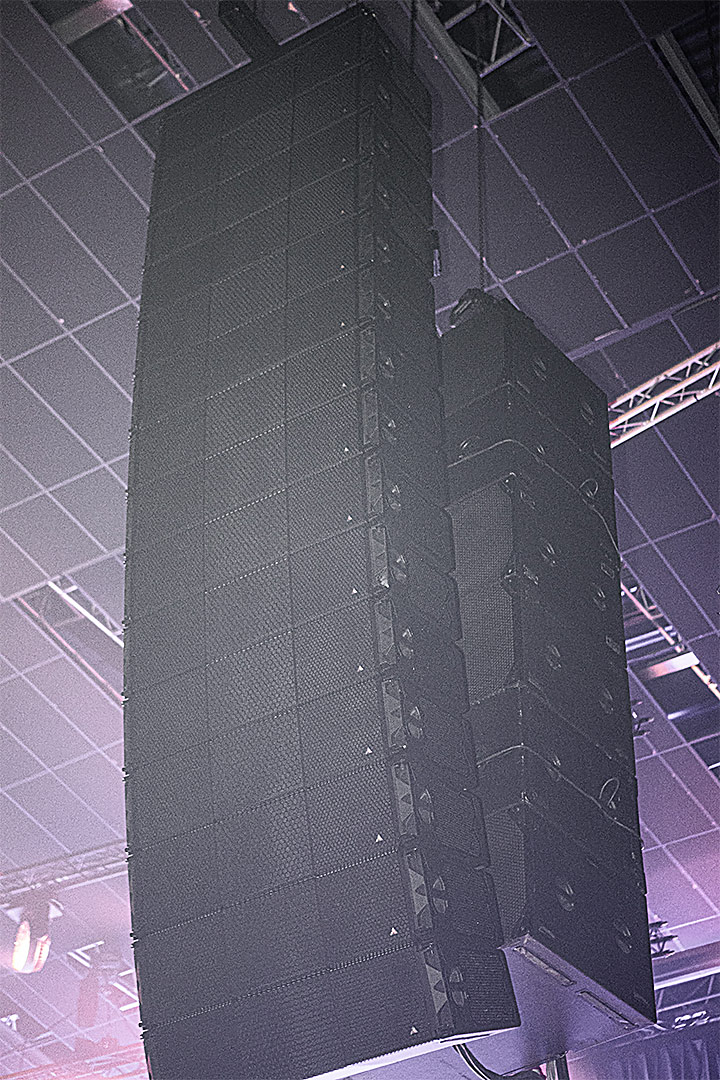
The transition between the two arrays may be perfect, but when we return to the front, we leave behind a sense of the past to rediscover a contemporary sound that is much more spectacular, punchy and effective, transporting the listener. When the mix, the show, or even both, go in the direction of dynamics and an analytical reproduction of the sources, VGt can do so with a beautiful projection from below it out to a distance, while maintaining a satisfactory tonal balance with the inevitable boom of the 19″. This system moves a lot of air.
Special mention must be made of the vocals and everything from 300 Hz to 3 kHz, and there are plenty of signals in these three all-important octaves. Here, the new rigid Kevlar dome that replaces the 7″ diaphragm of the Energia reigns supreme, leaving only crumbs for the 3″ driver at the very top, a task it performs with ease, maintaining significant headroom and good range.
This rigid dome is exactly what’s missing in a two-way system and what doesn’t work as well when you combine several small diaphragm transducers in three-way systems. In this case, it’s perfect, and Eddy de Pretto’s distinctive, richly-timbred voice comes through with total articulation and ease. You’d think you were listening to a pair of ATC studio monitors, with the dome doing most of the work between 380 and 3,800 Hz.
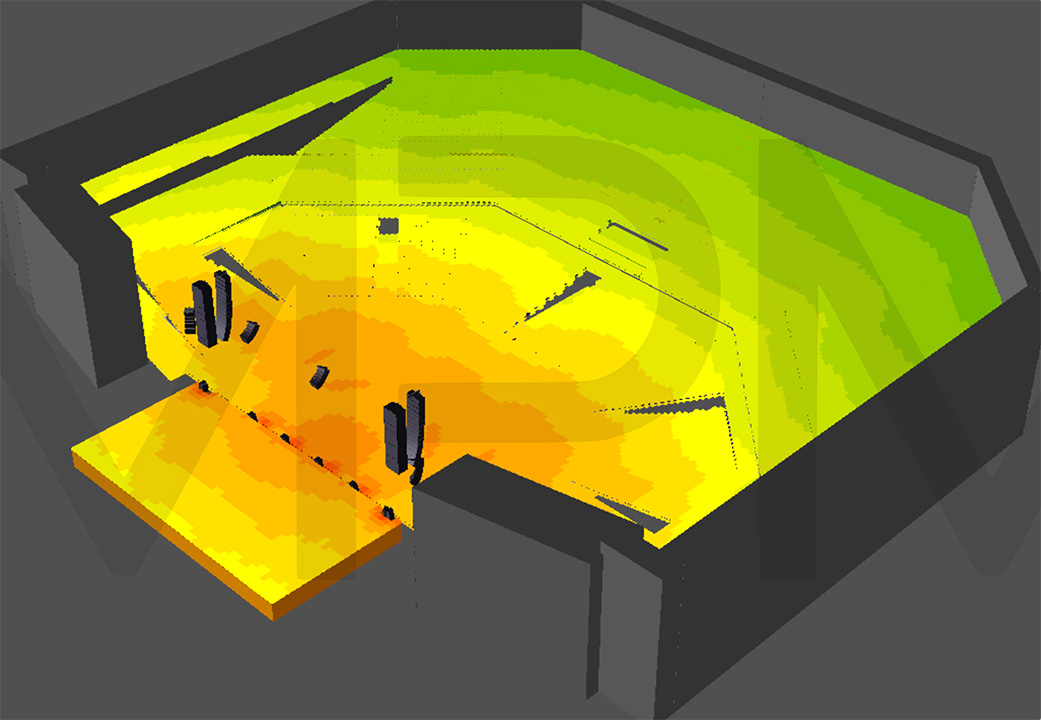
We can imagine that a classical orchestra or a simple piano and voice will benefit from this dome driver which, without losing the Adamson sound, adds fidelity and, thanks to the waveguide, a rigorous phase to this essential part of the spectrum.
At the top of the bleachers and in an empty hall, there is real sound, with enough directness to mask the reflections of the room. Inevitably, the bass is a little thinner, but nothing our brains can’t correct by sitting down for a few minutes.
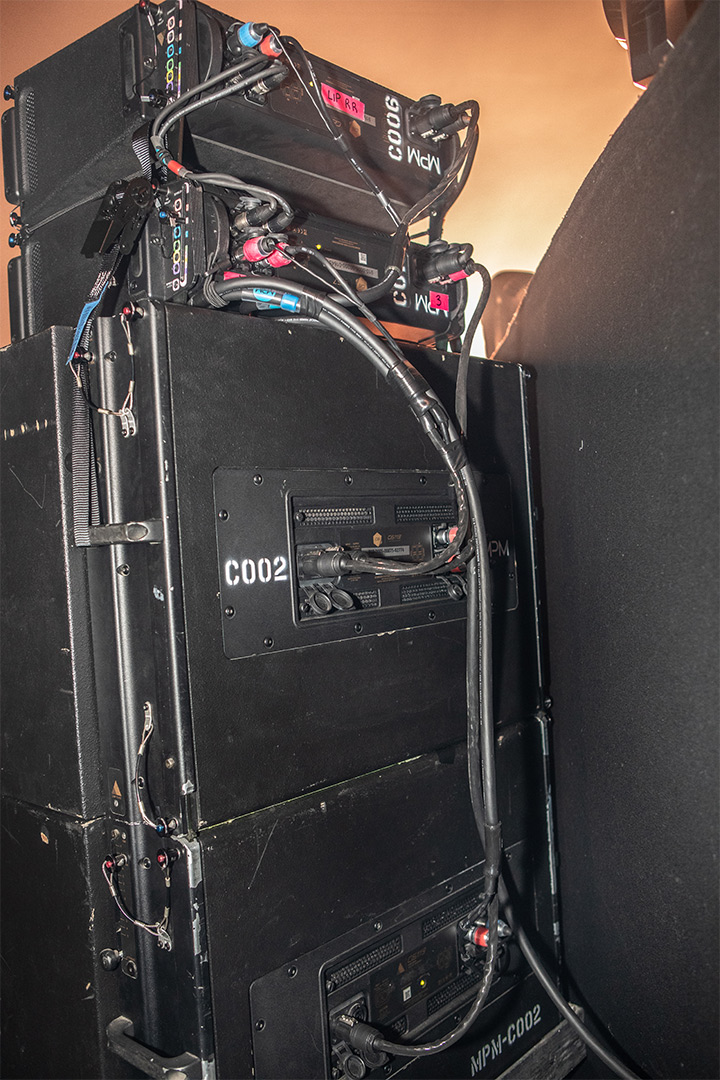
Although David didn’t say so, it’s easy to imagine a small VGt with 10″ woofers and a single dome and 3″ assembly, but it’s also possible to imagine the ultimate 15″ or even 16″ system with three dome and driver modules, or a double 15″ system with two dome and driver modules but reduced to 2° each.
Anyway, well done to Thibaud for managing the system, it transitions from one element to another everywhere like a charm and sounds loud and clear in all four corners of the Galaxy. Kudos also to Julien for his mix, Eddy’s voice speaks in your ear without being over-mixed and the dynamics at the bottom are both powerful and pleasant.
The pressure reached an average of 95 dBA and about ten dB more C-weighted. Finally, congratulations to Adamson for keeping us waiting long enough to lose our hair (but not our dreams).
If Energia is a good system, Vergence corrects, completes and anticipates what will undoubtedly be the future of sound reinforcement by adding a potential and a stunning versatility.
Keeping the variable curvature and the coaxial chamber, to which the DSP will add the final touch of adjustment, will give VGt a strong appeal. No Guy, no Didier… retirement is not just around the corner!
Finally, hats off to Eddy de Pretto. Alone on a large stage, he is like a tree in a park, serene, where he belongs and very well presented in terms of lighting and sound.
For more information on Adamson VGt



